Ashika Morasiewicz
Outdoor Adventurer from the North Shore, BC
10 Lessons Learned through Adventure with a Chronic Condition
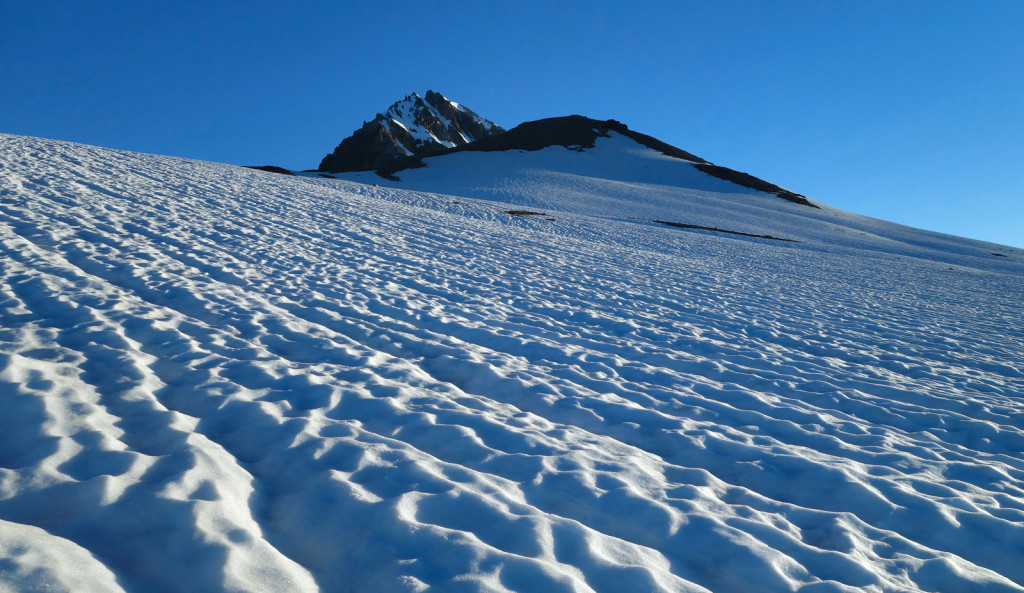
Adventure has an undeniable way of delivering perspectives and truths about ourselves that we often overlook or even miss through the hustle of our daily lives. I’ve lived with Type 1 Diabetes (T1D) for more than 20 years and I’m proud to say I do not let the condition hold me back; instead, it empowers me to reach out and learn through my experiences. A chronic condition can be an obstacle. It can change you, but it doesn’t have to stop you. T1D keeps me going and it keeps bringing me to stunning places and inspiring people. We are capable of doing anything we set our minds to, though, some things take a little bit more perseverance than others.
Here are 10 lessons I’ve learned through adventure with a chronic condition:
1. Slow Down
..or you’ll miss the view. I never have more time to myself than when I’m in the mountains. There’s no wi-fi, no cell signal, no social media buzz. It’s just scenery and my thoughts. Being outdoors gives me the opportunity to slow down and follow a path for the sake of the journey, one foot in front of the other. I’m not in a hurry to get anywhere.
Adventure has taught me to slow down and enjoy the views. I’ve learned to apply the same concept to diabetes management. When the CGM display doesn’t coincide with a manually checked blood sugar reading, when ‘low’ symptoms need to be left untreated because my sugars aren’t actually low, or when my pump fails insulin delivery for no apparent reason and I need to change the site – these things can easily send us into a rush/panic.
It’s good to remember to slow down, listen to your body, and focus on what’s at hand.
2. I Like Big Packs
Ok, that’s a lie. I like my packs small and lightweight, but that’s not always possible. I used to get upset seeing minimalist hikers and trail runners powering past me and my 35L, 20lb daypack on the trail. I’ve often complained about having to carry extra diabetes supplies: insulin, test strips, syringes, infusion sets, etc. and extra food, water, and clothing in case the 6-hour hike I’ve planned turns into an overnight trip because something went wrong with my blood sugars.
For the few times things have gone wrong, I’m very grateful to have had the supplies I needed to take care of myself; it’s worth the extra weight and massive pack size.
For those of us with chronic health conditions, we can’t afford a small margin for error, and that brings me to my next point…
3. Roll With the Punches
If there is only one common factor between adventure and Type 1 diabetes, it’s that there is only so much you can control. The rest is out of your hands and the focus shifts to how you deal with the cards you’ve been dealt. This is reaffirmed time and time again when I have unstable blood sugars (too high, too low) which keep me from reaching a destination as planned.
It has taken a long time and I’m still learning, but I can understand the outlook of ‘look on the bright side’ when things start to go haywire. Believe me, there is always a bright side and patience is a virtue.
Think about a bad situation you handled well. Now give yourself some credit.
4. Experiences Are Greater Than Gold
Practical contact with and observation of facts or events is worth more than ‘things’.
Admittedly, in my late teens/early twenties, you could find me ‘painting the town red’ most weekends. Nowadays, on a typical Friday night, you can find me winding down for bedtime by 9pm to get a ridiculously early start on Saturday for a day trip or overnighter that’s 2+ hours away.
Somewhere along the line, between spending 2 hours to get ready for a night out with my friends and wanting to spend every waking minute in the outdoors, I learned to re-evaluate my priorities and value experiences more than clothes, make-up, etc.
5. You’ll Cross that Bridge When You Get to It
On a trail, it’s not unforeseen to come across a massive washout along a forest service road or a raging creek I didn’t expect to cross. Whether I have to pull over and walk extra kilometers along the road, or I have to wade through or rock-hop across the creek, I meet the challenge as it arises.
With Type 1 diabetes, I try to focus on managing what I can, for example: my post-meal blood sugar level, my daily water intake, the number of simple carbs in meals. I try not to get caught up in things outside of my control.
Imagine worrying about the washout or creek crossing before you get there. Seems silly, right? The same applies to our condition.
6. Do Not Compare
With the recent inundation of travelers and professional adventurers on social media, I find myself constantly comparing my trips to others and, of course, mine are never good enough. It has been a bit of a struggle to be happy with the places I’ve visited and the things I’ve seen. Luckily, I have a very level-headed hiking partner who always reminds me to enjoy our hikes for what they are – beautiful perspectives and personal accomplishments.
Have you ever felt similarly in a room full of Type 1s? When people share stories of obtaining low hemoglobin A1Cs or accomplishing the unimaginable WITH great blood sugars? Truth is, we all have our good, bad, and ugly days with the condition. Try to take a step back and focus on what you’ve achieved, what you want, and how you plan to get there; external factors not considered.
Type 1 diabetes has helped me find my own path in life. I’m always excited to meet fellow Type 1s and get to know them, but I’m mindful of the fact that we are all on our own unique journeys – on and off the mountain.
7. New Challenges Bring New Confidence
Not every trip to the mountains is a successful one. There are times when I don’t reach my goal and it can be disheartening. What I like to do to bring myself out of the resulting mindset is plan to explore new areas. New areas bring new perspectives and there’s something inspirational about traveling unfamiliar ground to give yourself a chance to gain more experience and thrive.
When it comes to diabetes, has your control ever let you down? Setting new goals with your health care team can help you understand the different aspects of treatment and management, and in turn, can help boost your confidence.
When was the last time you did something for the first time?
8. Don’t Wait Around
If the mountains have taught me one thing, it’s that an adventure doesn’t just happen – we make it happen. I’ve met people through my blog who mention my pictures are beautiful and I’m lucky to be able to experience the things I do. It’s not luck, it’s hard work! If I want to reach a ‘big’ summit, I go after it with my head down and my feet on the ground. I make sure my gear is in order, I train by completing smaller hikes with a heavier pack, I set small goals to achieve the big one, and I make it happen.
Take a minute to think about your condition. What would happen if you ‘wait around’ when it comes to diabetes? If you want to lower your A1C, would it be very productive to wait to cut back on carbs until after dessert? If you hit an unmanageable stretch of blood sugar levels, would you wait 2-3 weeks to contact your health care team for help?
Being proactive through adventure has taught me to be proactive with my diabetes management.
9. Learn to Accept
When we’re out in the mountains, we learn to accept a lot of little things. For example: the incorrect weather forecast, the lack of water source, an abundance of people on the trail when we were looking for solitude, or a socked-in summit with no views. Depending on how we handle these situations, the trip can still be very enjoyable.
Similarly, with T1D, we accept a lot of ‘little’ things each day. For example: the need to bolus carbs we eat, the need to check our blood sugars to address ‘funny’ feelings. If we spend time resisting things, diabetes-specific and in general, we will create a lot of turbulence in our minds.
10. You’re Stronger than you Think
On every adventure, I’m out there constantly testing myself, breaking barriers, acquiring new skills and sharpening old ones. These achievements are seldom realized without overcoming some degree of self-doubt. I reflect on past successes and realize I’m stronger than I give myself credit for.
If asked about your last Endocrinologist visit, you could probably give the date, time, and the conversation that was had. If asked what your blood sugars were yesterday evening, you would probably struggle to provide the numbers. Fun fact: Memory is based more on the importance and usage of information than it is on time, detail and facts. <- Use this to your advantage!
Reflect on an accomplishment you initially doubted. You pushed forward and succeeded, yeah? That’s your strength showing through.
11. Your Turn!
What’s one lesson you’ve learned through your adventures? Go! (leave a comment!)
– Ash 🙂
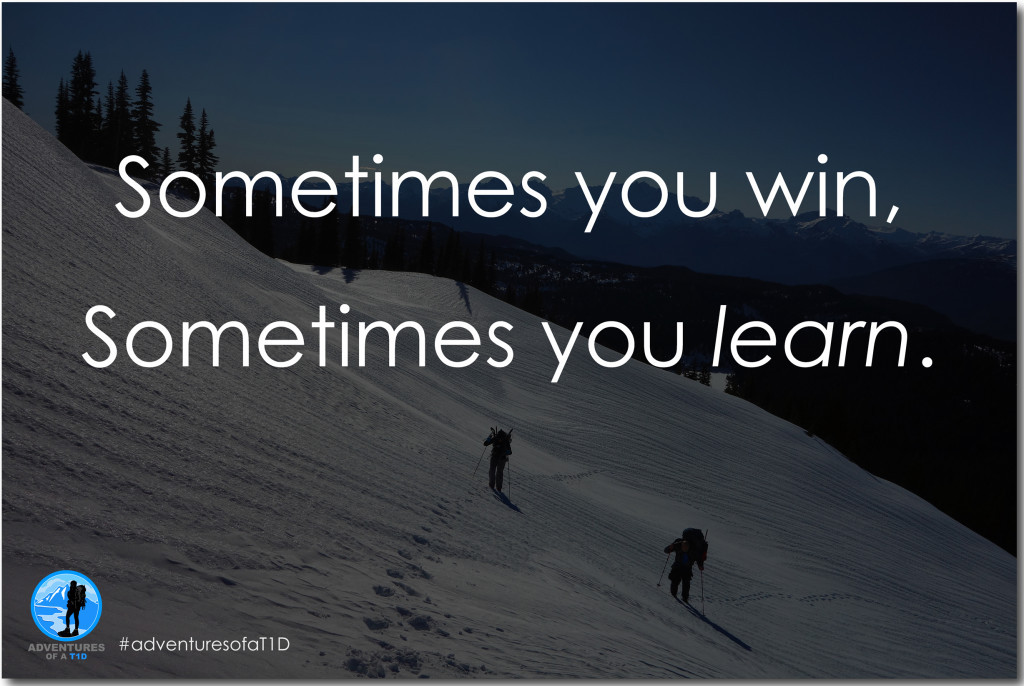
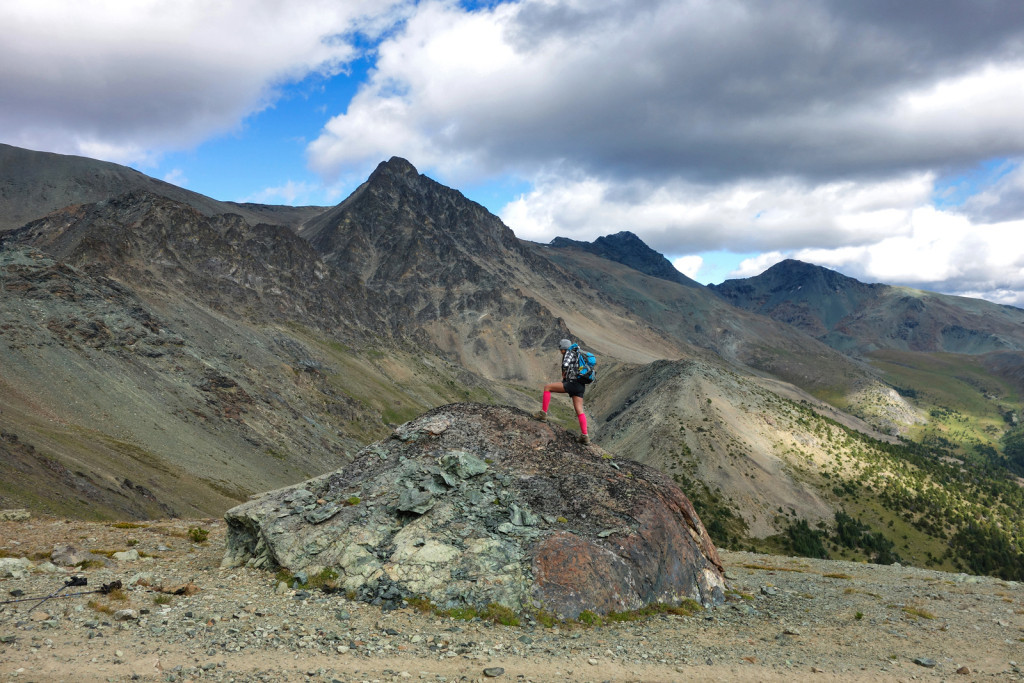
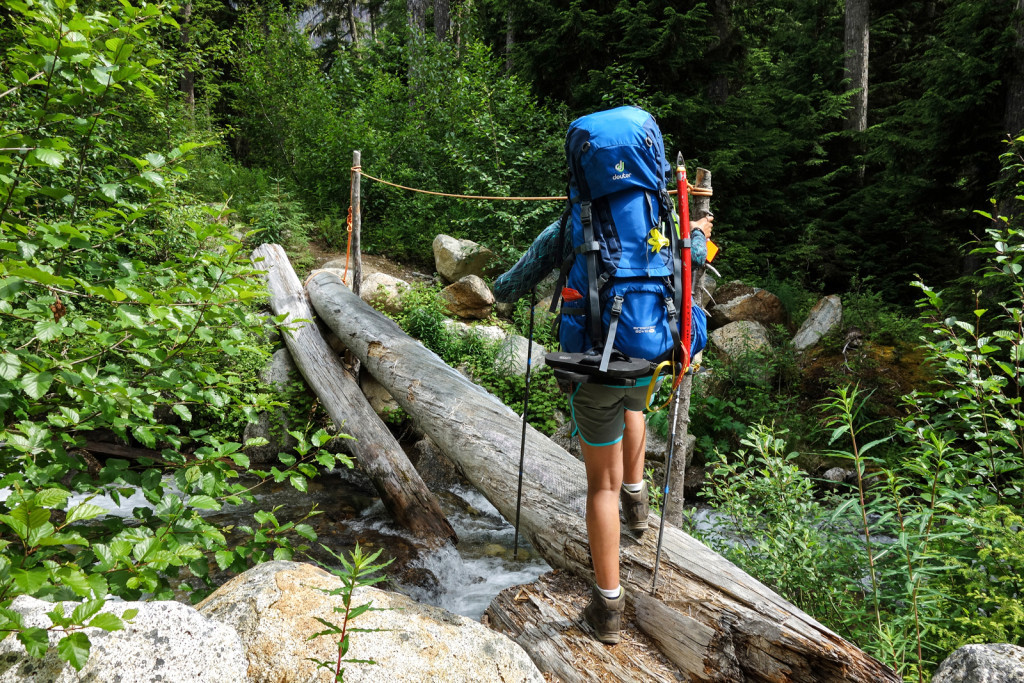
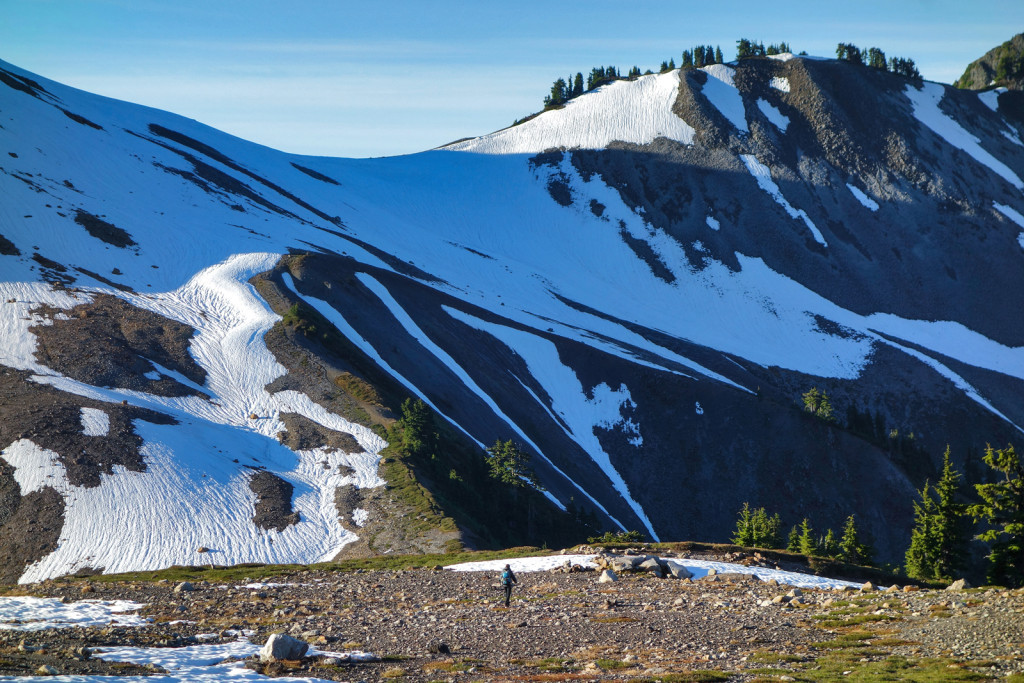
Thank you Ashika – what an inspiring read! I met Ash at the foot of Kilimanjaro in June 2014 when a group of 19 wonderful T1D people met to climb that great mountain. I was almost 59 at the time and it may sound unbelievable but until that challenge, I had never got to know another person with Type 1 well, despite having the condition since the age of 2 years. Sad eh? It was a very lonely place at times!
Apart from having enormous fun taking part in hiking challenges, the greatest thing I learned is how much I have missed in out since the age of 2. I am now so grateful to know an enormous number of T1 people and have formed many wonderful friendships – so marvellous! Later this month, I will mark my 61st Diaversary and my greatest wish is to spread a message of hope and encouragement to younger folk – especially newly diagnosed people and their families. As for adventures – well they’re certainly not over yet. Indeed, I tackled the Highest Trek in Peru last summer to mark my 60th year of T1 and raise money for JDRF and Diabetes UK. What next? I am not sure yet but I’m certainly not giving up. Any good suggestions?
I would like to thank #JDRFUK for setting up the 2014 Kili challenge which changed my life so positively. Keep up your great adventures Ashika – you’re amazing!
Pete
Update: On October 21st, 2017, I completed my first 223-mile ultra road run, a solo run of the Capital to Coast Relay (Austin to Corpus Christi). I learned:
1. You must eat. Even if your sugar is high. If your body has been under stress, your sugar can go WAY up, and skipping food is just going to put it under MORE stress and send it higher. I learned this on my last 100 mile run, and I know it sounds backwards, but YOU MUST EAT.
2. You must sleep. You can get away without sleeping for 30, maybe 40 hours. But after that you’ll start to hear invisible people following you, see smiling dolphins on fence posts, and mistake oncoming cars for aid stations.
3. It’s unwise to go it alone. One reason to never go on expeditions completely solo as a type 1 is that you need a partner to keep asking you simple logical questions, such as the date and year of your birth, or your spouse’s maiden name. If you’re low, you probably won’t be able to answer correctly. Without that safety check, you can’t tell when your judgment is getting cloudy, and it’s easy to wander off and get lost, run out of supplies, and become the body the park rangers find 3 days later, 100 yards from the nearest road, 25 miles off course.
4. Carry an emergency locator beacon. On my 223-mile run, the crew lost track of me during a resupply run to a nearby gas station a few miles away. It was 100 degrees, no shade, and I had half a bottle of Gatorade and was completely out of water. I had a couple of runner’s gels in my pocket for backup, but most of my food for the run was in the chase vehicle. My cell phone battery was depleted, and so was the backup battery (a crewmember had handed me the spent battery instead of the charged one). Fortunately I carry an emergency GPS locator beacon: the Garmin InReach, and the team was able to locate my signal. Keep in mind that if you DO press that SOS button, depending on where you are, you may find yourself paying for a helicopter rescue, which can costs tens of thousands of dollars. But it beats dying.
5. If you’re lost, sit still and think.
6. If you’re out of strips, testing equipment, infusers, or anything else critical, work your backup plan and consider calling off the adventure. I carry spares on me, and in the chase vehicle for my long races, and I know the locations of every drugstore along my route (one of the advantages of road ultras is civilization). Once during the 223-miler, I nearly sweated out both my infuser and sensor. I carry alcohol swabs, clear dressings, and Skin-Tac on me, so I wiped the area clean and dry with the alcohol swabs, applied the skin-tac, reattached the infuser and sensor, and covered them with clear bandages. When I got to the chase van, they were still attached, but the crew also applied a self-adhesive Curlix dressing around my abdomen so that I wouldn’t lose anything that detached. It lasted almost 4 days (at which point, I HAD to change the infuser site because it was closing up). Had any of these failed, I would have tried plan C, which was to apply fresh EVERYthing, and if those failed, I probably would have called off the race, as I would have lost so much time I could not have finished.
7. Plan extra time to screw up. Especially if it’s your first time doing the thing in question. On my 100 mile run, sleep wasn’t really an issue, as it’s relatively easy to run 100 miles without sleeping. For a 200 mile run, when you don’t sleep, you get VERY slow and foggy-headed, and you HAVE to sleep, whether you plan to or not. It’s PLANNING to do so that’s the smart strategy. We got VERY LUCKY that we had planned so much “wiggle room” into our schedule that we could take impromptu sleep breaks (10 minute catnaps) despite the fact that my average pace was at least half a mile an hour slower than I had planned for the last 80 miles.
8. If it’s not safe to stop, maintain course as slowly and safely as possible, and don’t start making creative decisions. Regardless of how scared or lost you feel, Do The Sane, Logical Thing. That’s what the folks tracking you are counting on. I remember on a 50 mile training run, my CGM receiver failed on me due to a calibration error. My cell phone was stuck trying to do an operating system update, only had 16% battery power, and my backup battery was dead. I was out of runner’s gels as well. I tested my sugar and it was 75 mg/dl, which meant I could walk to a convenience store and get something to eat. But then I had to return to the path I had told my wife I was running. When I didn’t show up at home on time, she traced the path backward and found me, walking the route and munching on a candy bar. We were both doing precisely what we had planned in such an event.
9. Plan for multiple failures. They will happen, and they multiply risk quickly. Too many failures: call off the trek and revert to “safe mode.” Call for backup / pickup and get out of your situation quickly and safely.
10. Constantly be on the lookout for safe exits, and study and rehearse them when possible. Recently I found myself running in the dark on a narrow, shoulderless two-lane road outside Austin, TX at 5 AM. I thought it would be safe and traffic-free, and I had no choice as it was the prescribed route for the event. It turned out to be rush hour, and there were very few safe places to step off the road. I quickly learned to identify the difference between rocky, uneven terrain, mounding weeds that were soft and treadable, level gravelly patches that occurred infrequently, and cocklebur-infested tall grass. Knowing your exit path helps you behave rationally when rationality is difficult. Similarly, rehearsing how you’ll treat a low when your hands are full and you’re busy surviving can be just as important.
Bravo! I’m sending this to my type one 19 yr old son. Brilliant observations. Thank you. And I wish you many years of adventures! God bless!
These are great lessons which are applicable to anyone. A lot of these lession I adhere to myself especially when I’m outdoors. Other things I’ve learnt is learning from my mistakes and that learning is a process which is continual and constantly evolving. This is how I managed to enjoy 40 years of hiking without getting lost or injured; you prepare, know your limits and turn back if needed so that you can enjoy another day.
Well stated, Ron. I agree learning is an ongoing process. I think that’s also why I can hike the same trail twice and not get bored, I’m focused on different things on each trip. Thanks for reading the post :).
http://www.radialgroup.com/wellnessmarketing/epic-goals-expeditionary-thinking-business-planning-help-your-wellness-biz-survive-dreams/
The above link is from an article I wrote for work based on my personal experiences and those of some of my friends. I’ve learned:
1. Assess and work with what you actually have. Your plan simply can’t include supplies, infusers, insulin, strips, etc., that you don’t pack. If your plan for a long run, a century bike ride, or your own diabetes management includes wishing for someone to bail you out when things get bad, get ready for them to get REALLY bad.
2. Pack just what you need. There are two sides to this. One is to make darn sure you actually DO pack what you need for a 50 mile trail run. If that means extra carbs, an extra infuser, and so on, pack that. The other is to NOT pack stuff that’s superfluous. Don’t pack an extra 3 infusers if you’re likelier to run out of insulin than infusers. If you’re likely to run out of or have a failed infuser, pack a syringe and insulin. All the hammers in the world aren’t gonna help if what you need is a screwdriver.
3. Plan to get lost. That means being gone much longer and later than you thought, without enough carbs, warmth, light, guidance, or a clear path. Do you have enough insulin in your pump to last an extra day? What day is your infuser on — the last useful one or day 1? If you PLAN for getting lost, it’s not so scary. If it surprises you, well then, you’ve got a problem.
4. Plan for worst case scenarios. What if, because you were lost for 2 hours, that gas station where you planned to get Gatorade and a candy bar isn’t open? Did you bring enough gels? Did you bring your cell phone to call for help? Can you stop delivery on your pump to avoid making the situation worse? What if you get sick and throw up that Clif bar after bolusing for it?
5. Be ready to improvise. Forgot your Skratch labs special recipe vegan date balls? Your bike bottle of UCAN? Can you get by on what you can buy at a 7-11?
6. Don’t just plan to fail, plan for after the failure. So you’re out trail running and you sprain your ankle falling down a ravine. So good, you brought your cell phone. But how is your friend going to know WHICH ravine to look in? Can you improvise a crutch or a walking stick with a forked branch? Did you notice the landmarks before entering the area, enough that you could give guidance to a friend on how to find you? How will you stay warm overnight if needed, did you bring crypto filters for watering at a creek, and would your running shirt make a decent distress flag? If your infuser rips out, did you put an extra one in as a backup? (I’ve done this before on triathlons since wet sites can “sweat off”).
7. Keep readjusting your reality. Once on a triathlon, my infuser came out, my glucose test strips got wet, and my sensor came out. I didn’t have ANY idea what my sugar was after 10 failed test strips, and there was nothing I could do about it anyway. I finished the last 3 miles of the race “blind” sugar-wise but knew that before things went south, my sugar had been 134 mg/dl, safe enough to finish. If it had been 79 mg/dl, it might have been better to signal for SAG and call off my finish. If you can’t adjust to the situation you’re actually in, whatever plans you make are based on an illusionary reality.
Anyway, those are my observations. Hope it helps.
Thanks for the link and your lessons, Don! These are awesome and very important to consider. My favourite is #7, ‘Keep readjusting your reality’, and thanks for the stories/examples. I hope others reading will pick up as well.